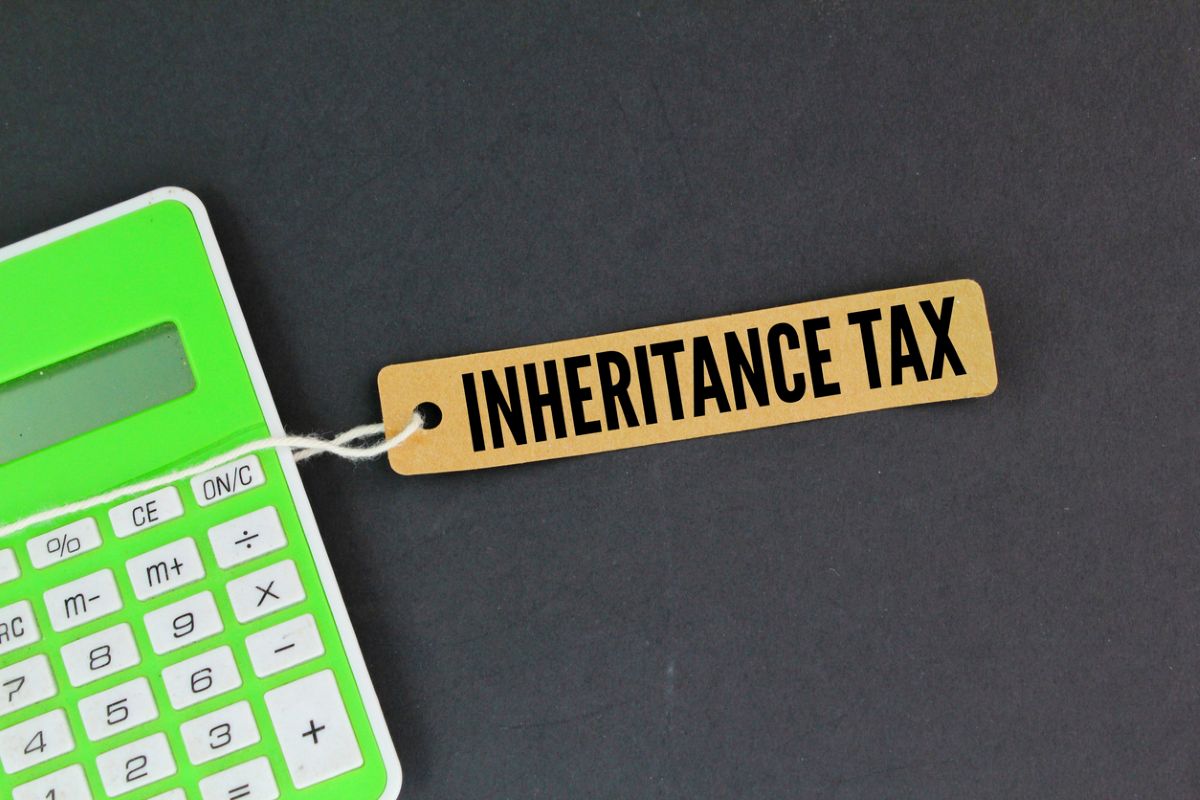IHT receipts rise by another £100m
Inheritance Tax receipts reached £2.2bn in Q1 (Quarter 1) of the 2025/26 tax year.
This marks a £100m or 4.8% rise compared with the same period last year, according to the latest figures published by HM Revenue & Customs (HRMC), extending a run of record-breaking receipts year-on-year.
HMRC pointed to higher asset values (such as property), a greater number of wealth transfers after death, and the continued freeze on tax-free thresholds as key factors behind the rise. The substantial increase follows ongoing momentum despite a recent cooling in the property market.
What is inheritance tax?
Inheritance Tax (IHT) is a tax levied by the Government on the estate of a deceased person in the UK. This includes all of their assets including property, personal belongings, and investments.
However, this levy only applies to the total value of the estate that exceeds the IHT threshold or ‘nil-rate band’. For the current 2025/26 tax year, the threshold continues to remain at £325,000.
As of the 2009/10 tax year, the threshold has continued to remain at £325,000. Anything above £325,000 could be subject to up to 40% inheritance tax and anything below this threshold is tax-free.
Traditionally pensions have been exempt from inheritance tax but, from April 2027, pensions will no longer have this exempt status. This means that inheritance tax may have to be paid on your outstanding pension pot when you die.
Why are IHT receipts always on the rise?
The number of estates across the UK that are being pulled into the IHT net are increasing each year.
Total IHT receipts collected by the Government has been steadily on the rise since the IHT threshold freeze. This was initially announced by the then Chancellor, Rishi Sunak, in his 2021 Budget. The Budget outlined that the IHT threshold would be frozen for five years until 2026. However, after ex-Chancellor Jeremy Hunt’s 2023 Autumn Statement, it was confirmed that the freeze would be extended a further two years until April 2028, and then after Rachel Reeves’ 2024 Autumn Statement, this was extended once again a further two years until April 2030.
Due to wage inflation coupled with increasing property value across the UK, the freeze essentially means that a greater number of people will cross the inheritance tax threshold each year. Many have been calling this move an example of ‘stealth tax’, as the freeze ultimately means an increasing number of Britons will fall into the tax threshold each year until the freeze ends in April 2030, and by then the Government will have collected billions in extra inheritance tax.
The inheritance tax allowance of £325,000 increased from £312,000 on 6 April 2009. This means the IHT nil rate band has now been frozen for over 14 years and will continue to be frozen until at least 5 April 2030. That’s a staggering 21 years of frozen allowances.
If you’re interested in how to manage your inheritance tax to ensure the best possible wealth protection for you or your family, we can help. Give us a call on 0333 323 9065 or book a free non-committal initial consultation with a member of our team to find out more.
Arrange your free initial consultation
This article is for information only and does not constitute individual advice. The information provided in this article is based on the current allowances and legislation and is subject to change.
The Financial Conduct Authority (FCA) does not regulate tax advice.

